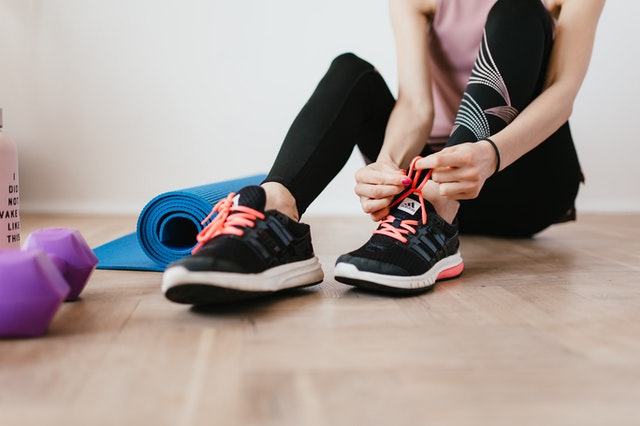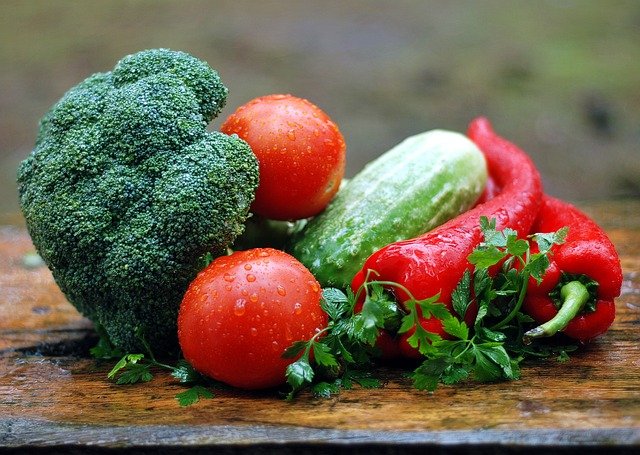The pandemic has put a hold on everyday activities that help us stay healthy and active. This does not mean we can’t utilize our own homes, even in the cold weather, to get our heart rates up and keep our bodies moving. These four at-home exercises can increase blood flow on a chilly day targeting each area of the body—all you need is yourself.
Burpee With Push Up
This cardio exercise is sure to get that heart rate up. The goal of this exercise is to go at your own pace and to keep control of your body. Only you know your limits.
Bodyweight Squat
The bodyweight squat can be done anywhere. This exercise works the lower half of the body, focusing on glutes and legs. Keeping correct form and making sure your knees don’t go over your toes is important for preventing injuries.
Mountain Climbers
Mountain climbers are another exercise that get the heart racing. This exercise targets the whole body. There are two ways to perform mountain climbers: first, you can wear socks to get more of a constant sliding effect. The other option is to wear sneakers that have a good grip on them for stoppage in between each motion.
Leg Raises
Leg raises are performed laying down on your back. This is another exercise that targets the core. If you are experiencing lower back pain, this may also help. As you raise your legs, be sure to keep the core engaged, since it is the main muscle being worked.
Dr. Barbara Edwards, a Princeton M.D. internist practices at Penn Medicine Princeton Health in the Penn Medicine Princeton Medical Center and also serves as Medical Director of the Bristol-Myers Squibb Community Health Center.






